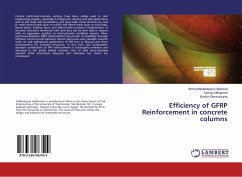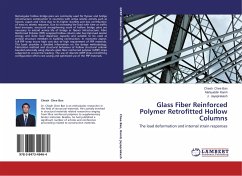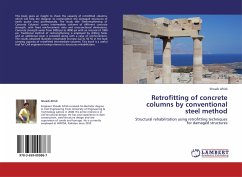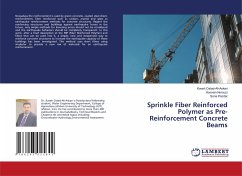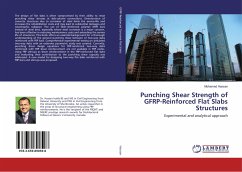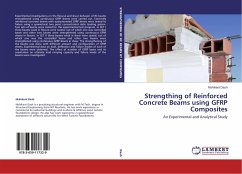Circular reinforced-concrete sections have been widely used in civil-engineering projects, especially in bridge pier columns and pile applications such as pile walls, pile foundations, and quay walls. These sections are used to resist vertical loads (such as traffic) and lateral loads (such as wind load, lateral shock, braking force, and lateral earth pressure.) Deterioration of concrete structures reinforced with steel bars can be seen daily in regions with an aggressive weather as steel-corrosion problems worsen. Fiber-reinforced-polymers (FRP) reinforcement has proven its feasibility through different civil structural elements. Recent years have seen valuable research work on and widespread applications of FRP bars as flexural and shear reinforcement for concrete structures. In this work, the compressive-strength contribution of FRP reinforcement is thoroughly reviewed and discussed in the axially loaded columns. Sets of axial force-bending moment (P-M) interaction diagrams and indicative bar charts are introduced.
Bitte wählen Sie Ihr Anliegen aus.
Rechnungen
Retourenschein anfordern
Bestellstatus
Storno

